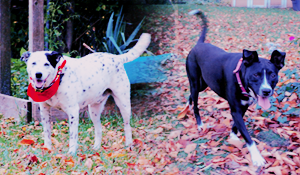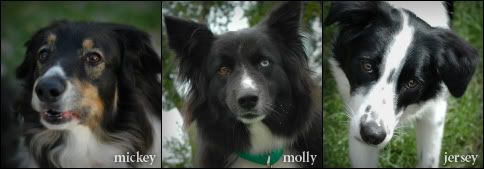I've always pretty much figured black was the dominant color, but im curious as to what color puppies take after? the color of the mom or the color of the dad! coco's mom was chocolate and her dad was yellow...all her brothers and sisters ended up black! cainan was black for both and corona was yellow for both, but what if coco's parents roles where switched and the dad was chocolate and the mom was yellow? what color would they have been instead? still black or what color do you think would have come out of them? i guess the color thing kinda has been wondering, thanks in advance







 Reply With Quote
Reply With Quote


 adn show up until it´s paired with another one
adn show up until it´s paired with another one


 Merry Holidays to One an All Blessed be
Merry Holidays to One an All Blessed be 


Bookmarks